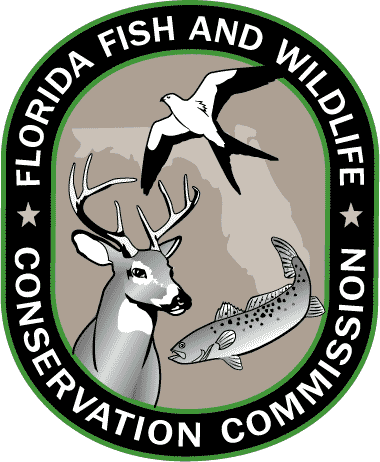Florida FWC Approves Triggerfish Regulations

The Florida Fish and Wildlife Conservation Commission (FWC) approved two changes to how gray triggerfish are managed in Gulf of Mexico state waters in an effort to help rebuild this overfished species. More than 60 percent of gray triggerfish caught in the Gulf of Mexico come from state and federal waters off Florida, which makes the state’s management of the species integral to the success of the federal rebuilding plan.
The changes, approved at the Feb. 13 Commission meeting in Orlando, will make state regulations consistent with pending federal regulations and will include implementing a June 1-through-July 31 closed recreational season and a two-fish daily recreational bag limit.
Federal fishery managers also approved changes to the commercial harvest of Gulf gray triggerfish. These changes include a 12-fish trip limit and a June 1-through-July 31 harvest closure. The FWC requires fishers harvesting gray triggerfish commercially in Gulf state waters to have a federal reef fish permit. One condition of the federal reef fish permit is that harvesters must follow federal reef fish rules, even when they are fishing in state waters. This means that when the new federal commercial trip limit and closed season take effect sometime in April or May, harvesters in state waters must abide by these rules.
Gray triggerfish have a unique spawning behavior that makes them vulnerable during the peak spawning season, usually between June 1 and July 31. Male triggerfish coax females to nesting areas, where they all care for and guard their eggs after spawning. Closing gray triggerfish during their peak spawning time, implementing the two-fish-per-day recreational bag limit and the 12-fish commercial trip limit should help rebuild the species.
Learn more about Florida’s recreational gray triggerfish management in state waters by visiting MyFWC.com/Fishing and clicking on “Saltwater” and “Recreational Regulations.”

